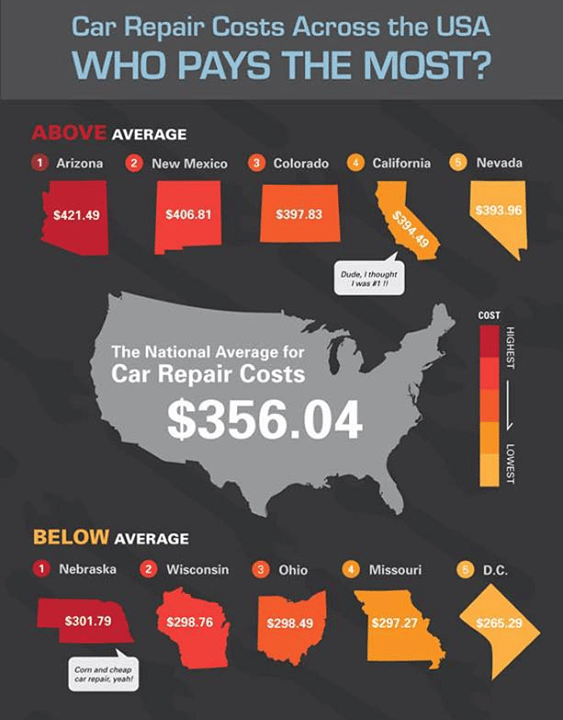Eager To Recognize What The Control Panel Caution Lights In Your Auto Indicate? Explore Their Meanings For The Well-Being And Safety And Security Of Your Car
Eager To Recognize What The Control Panel Caution Lights In Your Auto Indicate? Explore Their Meanings For The Well-Being And Safety And Security Of Your Car
Blog Article
Write- https://oil-change-deals-near-me62849.blog2freedom.com/31216461/curious-to-discover-phenomenal-vehicle-service-center-near-you Produced By-Faulkner Corbett
When you lag the wheel, those beautiful warning lights on your dashboard can be a bit complicated. Do you recognize what they're trying to inform you regarding your auto's health? Comprehending clean car interior near me of these lights is crucial for your security and the longevity of your car. So, the following time among those lights turns up, wouldn't you wish to decipher its message accurately and take the necessary steps to address it?
Common Warning Lights and Interpretations
Recognize typical warning lights in your auto and comprehend their meanings to ensure secure driving.
car grooming of the most typical warning lights consist of the check engine light, which signals problems with the engine or exhausts system. If this light begins, it's crucial to have your vehicle checked promptly.
The oil stress cautioning light suggests reduced oil pressure, requiring immediate interest to avoid engine damages.
A blinking battery light might recommend a faulty charging system, possibly leaving you stranded otherwise resolved.
Click On this site monitoring system (TPMS) light notifies you to reduced tire stress, influencing vehicle stability and fuel effectiveness. Overlooking this might lead to unsafe driving conditions.
The abdominal muscle light shows a problem with the anti-lock braking system, jeopardizing your capacity to stop rapidly in emergency situations.
Last but not least, the coolant temperature level cautioning light warns of engine getting too hot, which can lead to serious damages if not fixed quickly.
Understanding these typical warning lights will certainly aid you deal with problems immediately and maintain secure driving problems.
Relevance of Prompt Attention
Understanding the typical warning lights in your vehicle is only the initial step; the relevance of quickly dealing with these cautions can not be highlighted enough to guarantee your security when driving.
When a warning light illuminates on your control panel, it's your cars and truck's means of connecting a prospective problem that requires attention. Neglecting these warnings can bring about extra serious problems later on, endangering your security and potentially costing you extra out of commission.
Motivate focus to cautioning lights can protect against break downs and mishaps. For example, a blinking check engine light could show a misfire that, if left unattended, might create damages to the catalytic converter. Resolving this immediately can save you from an expensive repair.
Similarly, a brake system cautioning light may signal low brake fluid or worn brake pads, vital components for your safety when driving.
DIY Troubleshooting Tips
If you see a warning light on your dashboard, there are a few DIY fixing suggestions you can try prior to looking for expert help.
The primary step is to consult your vehicle's handbook to comprehend what the particular warning light indicates. Sometimes the concern can be as simple as a loosened gas cap causing the check engine light. Tightening up the gas cap may resolve the issue.
One more typical concern is a low battery, which can activate various cautioning lights. Examining the battery links for deterioration and guaranteeing they're protected might deal with the trouble.
If a warning light continues, you can try resetting it by separating the vehicle's battery for a couple of mins and afterwards reconnecting it. Furthermore, examining your automobile's liquid degrees, such as oil, coolant, and brake fluid, can assist repair cautioning lights related to these systems.
Verdict
Finally, comprehending your vehicle's caution lights is essential for maintaining your car running smoothly and securely. By promptly addressing these informs and understanding what they imply, you can stay clear of pricey repairs and possible failures.
Remember to consult your car's handbook for certain details on each alerting light and take action accordingly to ensure a trouble-free driving experience.
Keep informed, remain secure when traveling!
